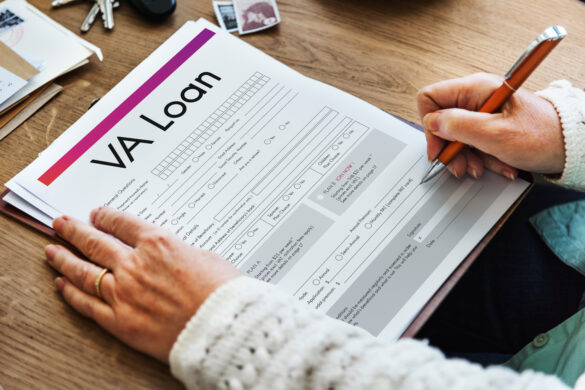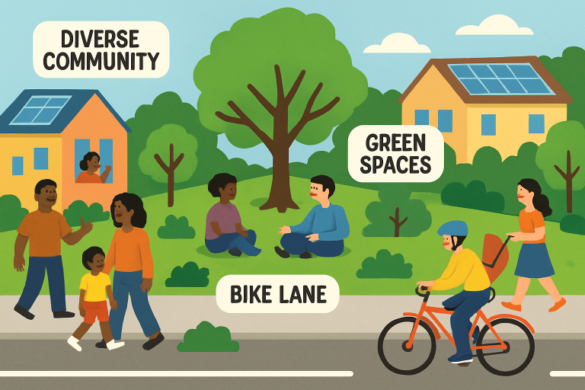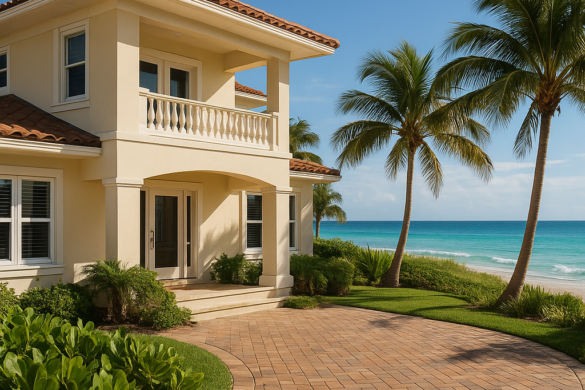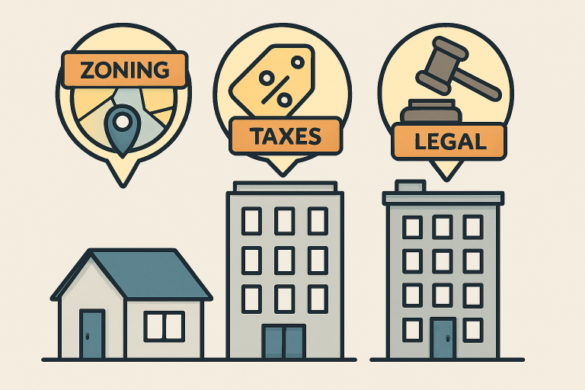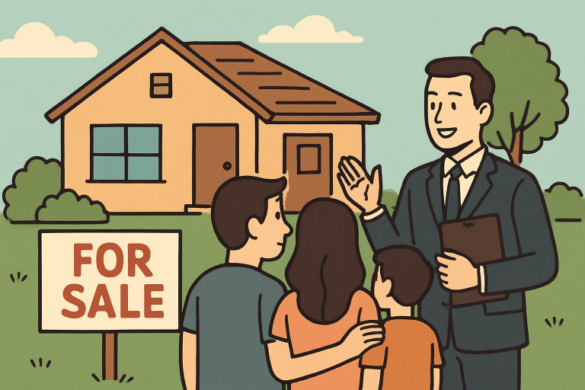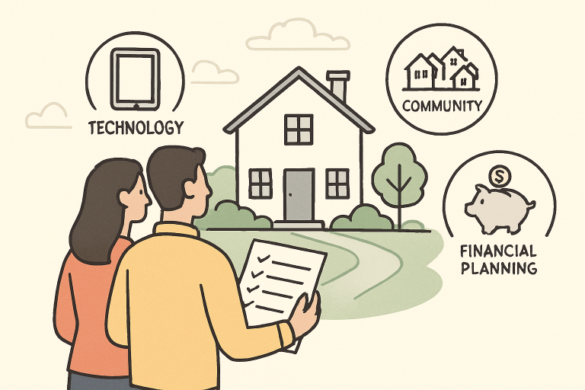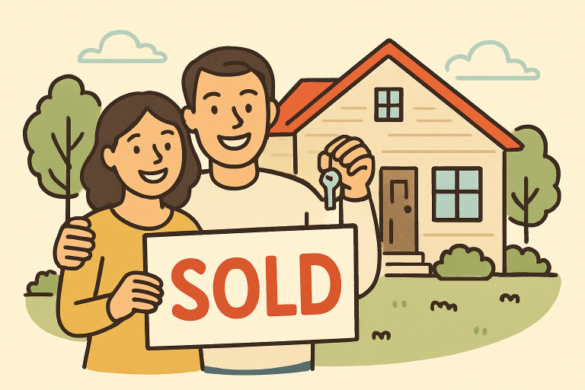Creative homeownership strategies can help buyers find tailored solutions for their needs, ensuring financial flexibility, environmental stewardship, and adaptable living environments in unpredictable economic times.
Modern buyers are redefining homeownership in the real estate market. They are seeking innovative ways to secure property and build their futures, embracing new models that address diverse financial situations and lifestyles. The rise of homes for sale in Ottawa, IL, showcases how unique communities can offer timeless neighborhood charm and access to some of the latest trends in residential living.
Co-Buying with Friends or Family
Rising real estate prices and strict lending criteria are prompting many aspiring homeowners to co-buy with friends or family. This method increases collective buying power, allowing access to desirable neighborhoods and larger properties. Successful co-buying requires detailed planning, transparent communication, and legally binding agreements. This approach can result in reduced expenses, shared responsibilities, and stronger household support.
Embracing Tiny Homes
The tiny home movement is a popular choice for individuals and families seeking a simpler lifestyle. These tiny homes in Newcastle (or elsewhere), often ranging from 100 to 400 square feet, prioritize quality and design over quantity, reducing upfront costs, utilities, maintenance, and property taxes. They also promote sustainability, as their reduced footprint reduces energy and resource consumption.
House Hacking for Financial Flexibility
House hacking is a financially empowering method for homeowners to generate income and build equity by purchasing a property, living in part, and renting out the rest. This approach covers mortgage and maintenance costs, reducing financial risk, and accelerating home payments. It’s popular among young professionals and investors, offering ongoing passive income and fostering a sense of security.
Co-Living Communities
Co-living is revolutionizing the housing market by addressing social isolation, reducing expenses, and creating vibrant communities for millennials, remote workers, and digital nomads. Residents share private bedrooms, communal spaces, and amenities, fostering networking and a sense of belonging. Co-living contracts are flexible, offering an affordable alternative to traditional urban rentals.
Cities across the world are testing different co-living formats to balance private space with communal life; in Asia, operators are increasingly tailoring offerings to busy professionals and students by combining furnished private rooms, flexible leases, and curated community programming. For a practical example of this model in an urban context, co living singapore properties demonstrate how strategic locations and on-site amenities—like coworking areas and regular social events—can reduce move-in friction while helping residents build networks. These arrangements also lower upfront costs and simplify relocation logistics for short-term stays. Viewed this way, co-living can be a pragmatic step for anyone testing a new city or seeking a community-oriented rental without a long-term commitment.
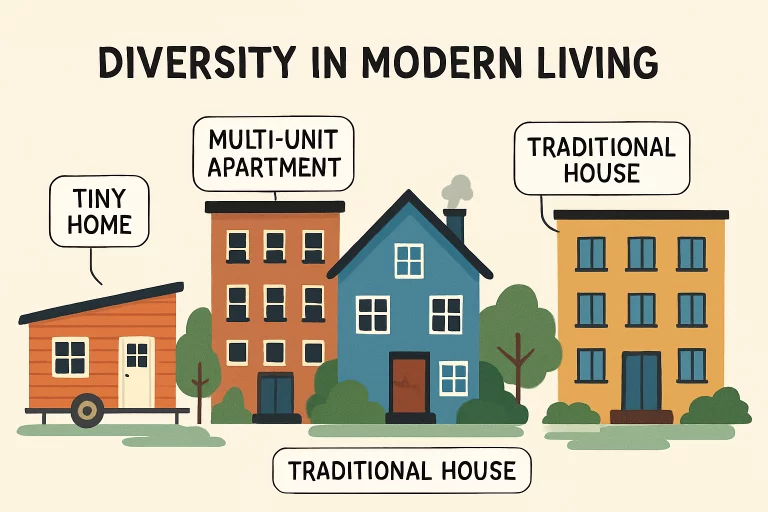
Multigenerational Living
Multigenerational living is gaining popularity due to rising housing costs, longer life expectancies, and changing cultural attitudes. This approach involves multiple adult generations sharing a single household, providing privacy, independence, and support networks. It also offers emotional and practical support, making it valuable for navigating life’s major shifts and providing emotional and practical support.
Leveraging Smart Home Technology
Smart home technology, including automated lighting, smart thermostats, energy-efficient appliances, and security cameras, is becoming necessary for homebuyers. These features create convenient living environments, drive energy savings, and improve home security. Investing in smart technology adds property value, future-proofs against technological advancements, and enhances daily life while strengthening the home’s marketability.
Prioritizing Sustainable Design
Buyers prioritize sustainable design features for environmental and financial stability. Energy-efficient appliances, solar panels, green roofs, insulation, and water-saving fixtures are valuable assets. Selecting eco-friendly materials shows a commitment to health and sustainability. Green-certified homes sell for higher prices and lower monthly expenses. Committing to sustainable design is a wise financial decision.
Flexible Floor Plans
Adaptability is a key factor in modern homes, as buyers seek flexible layouts that allow for growth and change over time. Open-plan living, modular partitions, and convertible rooms optimize spaces, allowing residents to adapt to changing needs. Flexible architecture also provides a buffer against market uncertainty. Creative approaches like co-buying, tiny home adoption, house hacking, co-living, and smart tech integration demonstrate the diverse and dynamic path to homeownership. Understanding these options aligns with personal values, financial goals, and lifestyles.

